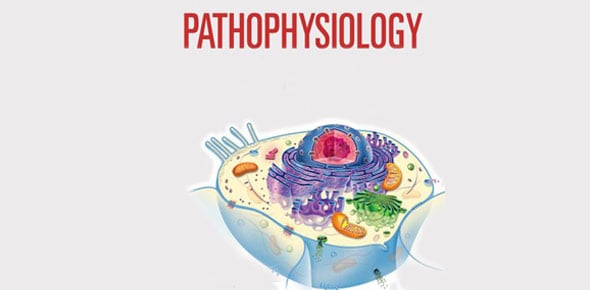The major physiologic function of the gastrointestinal system is to...
__________ is the sudden and forceful oral expulsion of the contents...
Defecation is normally initiated by the mass movements of the...
________ represents a loss of appetitie
___________ monitor the chemical composition of the gastrointestinal...
Breaks down starch
Numerous vasovagal reflexes influence motility and secretions of the...
________ is the conscious sensation resulting from stimulation...
Chewing of food
The circular layer of smooth muscle that lies between the stomach and...
Triglycerides are broken down by pancreatic ________.
_______________ monitor the stretch and distention of the...
The large intestine is the major site for the digestion and absorption...
The lower esophageal sphincter, the ____________, lies just above the...
The _______ lies in the left side of the abdomen and serves as a food...
The small intestine, which forms the middle portion of the digestive...
Chief cells secrete _________, an enzyme that initiate proteolysis or...
The enterocytes secrete ____________ that adhere to the border of the...
Like the self-excitable cardiac muscle cells in the heart, some smooth...
The _________ contains blood vessels, nerves, and lymphatic vessels...
______________ forms a moist and slippery surface that prevents...
The _____________ carry out the secretory and absorptive functions of...
G cells secrete ________.
_________ is the process of dismantling foods into their constituent...
The upper esophageal sphincter, the ____________, consists of a...
Result of chemical breakdown of proteins in stomach
Inhibits gastric acid secretion
Absorption is a major function of the gastrointestinal (GI) tract. How...
The ___________ secrete hydrochloric acid and intrinsic factor, which...
The _________ secrete pepsinogen, an enzyme that initiates proteolysis...
__________ is the process of moving nutrients and other materials from...
Segmental mixing movements of the large intestine
Largest serous membrane in the body
Swallowing consists of three phases in the following order: an oral...
_________ regulates gallbladder contraction and gastric emptying.
Where in the gastrointestinal tract is food digested and absorbed?
The ________ nervous system consists of the myenteric and submucosal...
The primary function of ________ is the stimulation of gastric acid...
The colon is home to between 300 and 500 different species of...
Each villus is covered with cells called _______ that contribute to...
___________ stimulates biliary secretion of fluid and bicarbonate.
__________ secrete large amounts of alkaline mucus that protect the...
Blood vessels, nerves, and lymphatic vessels that supply the...
___________ has potent growth hormone releasing activity and has a...
Responsible for motility along the length of the gut
Saliva has more that one function. What are the functions of saliva?...
__________ potentiates the action of secretin, increasing the...
The stomach secretes two important hormones in the gastrointestinal...
Generate slow waves of electrical activity
Defecation is controlled by both an internal and an external...
Some smooth muscle cells in the gastrointestinal tract serve as...
Controls function of each segment of intestinal tract
Nausea and vomiting can be side effects of many drugs as well as...
Several neurotransmitters have been identified with nausea and...
















